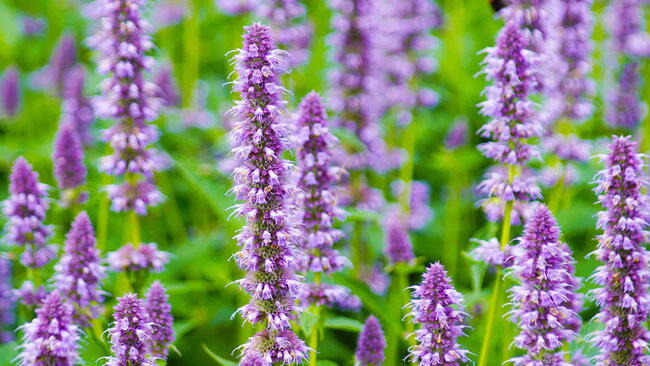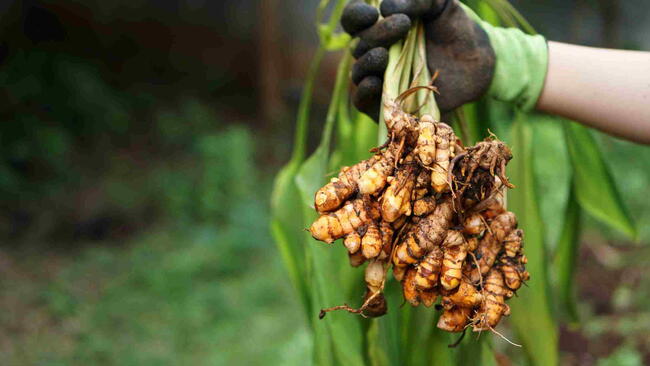
Photo Credit
Nnattalli
Botanical Name
Foeniculum vulgare var. azoricum
Plant Type
Sun Exposure
Soil pH
Special Features
Subhead
Grow beautiful, tasty fennel bulbs and fragrant fronds with our easy step-by-step guide
Read Next
Types
- ‘Orazio’ is a hybrid with heavy, round, white bulbs and a crisp, anise flavor.
- ‘Fino’ is an open-pollinated variety with a good bulb and is bolt-resistant. It’s a good choice if you are trying a spring crop.
- ‘Cantion’ is another slow-bolting variety suitable for early spring planting.
- ‘Orion’ is a shorter hybrid variety that tops out at about two feet tall–perfect for smaller gardens. It’s also a good keeper in storage.
Gardening Products
More Like This
Fennell is very important to certain species of Butterflies~
Yes, 2 kinds of swallowtails. So if caterpillars are destroying your fennel (or your parsley and dill), let them! The plant will recover later after the caterpillars get their fill and move on.
Some of Johnny Appleseed's planted Apple trees are alive today with their descendants; (northeast)~: )
You forgot to mention that fennel is invasive and will take over an area. Probably something for people to know. I was going to just toss the seeds before I learned of its invasiveness. Another historical tidbit I just learned from a book, Perilous Journey by C.M. Sublette, is that Johnny Appleseed, aside from planting apple seeds where ever he went, also tossed fennel seeds and was responsible for them growing wildly across country wherever he had been.











Comments